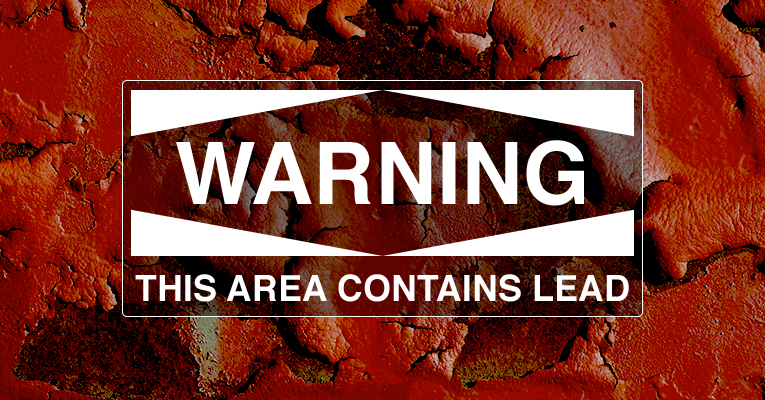Having an experienced workforce leads to the quality craftsmanship that reminds your customers why they do business with you. That’s why protecting your crews from the hazardous materials they handle is not just good safety sense, it’s good business sense too.
Owners of industrial painting companies know the importance of taking care of their crews. They’re the guys out there battling the elements to make sure the job gets done. They have the skills and know-how to complete a project that community members or facility owners can take pride in.
Having an experienced workforce leads to the quality craftsmanship that reminds your customers why they do business with you. That’s why protecting your crews from the hazardous materials they handle is not just good safety sense, it’s good business sense too. Here we discuss some ways to protect workers from lead paint exposure, ensuring they deliver quality work far into the future.

Monitoring exposure
OSHA standards limit the acceptable amount of lead paint exposure in order to protect workers from the harmful effects of over-exposure. Monitoring should begin when work is done on a job that is thought to contain lead-based paint.
When initial exposures are over the “action level,” employers should continue monitoring lead paint exposure to ensure it remains within an acceptable range. Workers should be consistently monitored to ensure that they do not exceed this permissible exposure limit (PEL).
Employers are responsible for maintaining records of all monitoring and data used to determine employee exposure levels. The employer must also inform the employees of the results. These records should include dates, duration of exposure, results and a description of the measurement procedure.
Engineering controls
According to OSHA, engineered controls, such as isolation and ventilation systems are the preferred method of reducing exposure to airborne lead on a job-site. Engineering controls fall into three main categories: substitution, isolation and ventilation.
Three-coat systems consisting of zinc-based primer, epoxy intermediate coat and urethane finishing coat are effective substitutes for paints containing lead. They are also among the most commonly used. Substitution can also refer to a change in the process equipment used for lead paint removal. This could mean opting for a blasting technique that reduces the amount of airborne dust, such as wet abrasive blasting for example.
Complete containment of a project is an effective strategy for limiting the overall potential for exposure to lead. This has the added benefit of limiting the exposure of employees not directly involved in the lead abatement portion of the project. Containment does have the potential to raise the concentration of lead present inside, so this method must go hand-in-hand with ventilation engineering controls.
Ventilation is the most important control for limiting employee exposure and maintaining acceptable airborne concentrations of lead. Properly designed exhaust systems should capture lead particles near where they are generated and transport them to a particle collection device, before they are able to circulate throughout the environment.
Equipment
Although engineering controls are more effective, and should be the primary efforts to reduce lead paint exposure (see our post on layers of protection), personal protective equipment (PPE) should be used to further limit exposure. Respirators and protective clothing should be used as additional protective barriers. PPE is always the last line of defense.
Respirators and protective clothing should be put on before entering the workspace and not removed until the area is exited. It is the responsibility of employers to make sure employees are properly trained in the use of the respirators, written instructions for their selection and use are in place, and that they are properly cleaned and maintained.
Protective clothing for work with lead-based paint should include coveralls, gloves goggles or face shields, and welding or blasting helmets when necessary. Contaminated protective clothing should never be worn off-site. Employers should provide changing facilities where clothing possibly containing lead can be removed and workers can shower before changing into clean clothing.
Talk to a certified contractor
By no means is this meant to be an exhaustive list of the measures that should be taken to limit workers’ exposure to lead-based paint. The training required to safely perform work with this heavy metal is extensive. We’re only trying to stress the link between worker safety and the quality of the job performed.
To get started on a project where lead may be a factor, contact a painting contractor that has the certifications to handle it safely.


